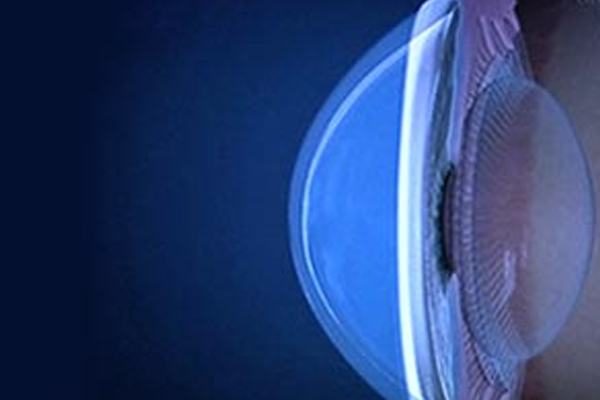
DSAEK (Descemet’s Stripping Automated Endothelial Keratoplasty) (pronounced de-sak) is a cornea transplantation surgical procedure that offers the benefits of rapid visual recovery, a smaller incision, with lesser chances of astigmatism when compared to the standard corneal transplant procedure known as penetrating keratoplasty (PKP).The falling endothelium layer of the cornea causes the cornea to become cloudy and swollen in patients suffering from Fuchs Dystrophy and other endothelial problems.
The innermost layer the cornea is called the endothelium.
Until recently, the practice was to replace the cornea with a full thickness corneal implant.
DSAEK is a technology that replaces only the back layer of the cornea which is diseased (endothelium) instead of the entire corneal tissue.
This provides improved vision and has many inherent advantages over the full thickness transplants.
The final decision on the type of procedure should be taken in consultation with your eye surgeon.
DALK (Deep Anterior Lamellar Keratoplasty) is a newer method of corneal surgical procedure that selectively removes the diseased anterior (near to the front) layers of the cornea and retains the healthy innermost layer (endothelium). As the inner layer is retained, the body does not recognize the donor tissue, hence there is no/minimal risk of rejection, and steroid medications need not be continued for a long duration.
DALK can be an effective treatment for any pathology of the anterior cornea (epithelium, Bowman’s layer and stroma) as long as the patient has an intact and functioning endothelium. Common indications for DALK are
The disadvantages of the procedure are the complexity and novelty of the techniques. Only the most experienced of ophthalmic surgeons would be able to successfully perform DALK surgery on the eye. Thankfully, Dr. Niteen Dedhia and his team have 18 years of experience in ophthalmic surgeries in over 191 countries.
Copyright © 1987-2024 Ojas Eye Hospital All rights reserved | Privacy Policy
*Disclaimer: All information on www.lasikindia.com for informational purposes only and is not intended to be a substitute for professional medical advice, diagnosis, or treatment. Always seek the advice of your physician or other qualified health care provider.